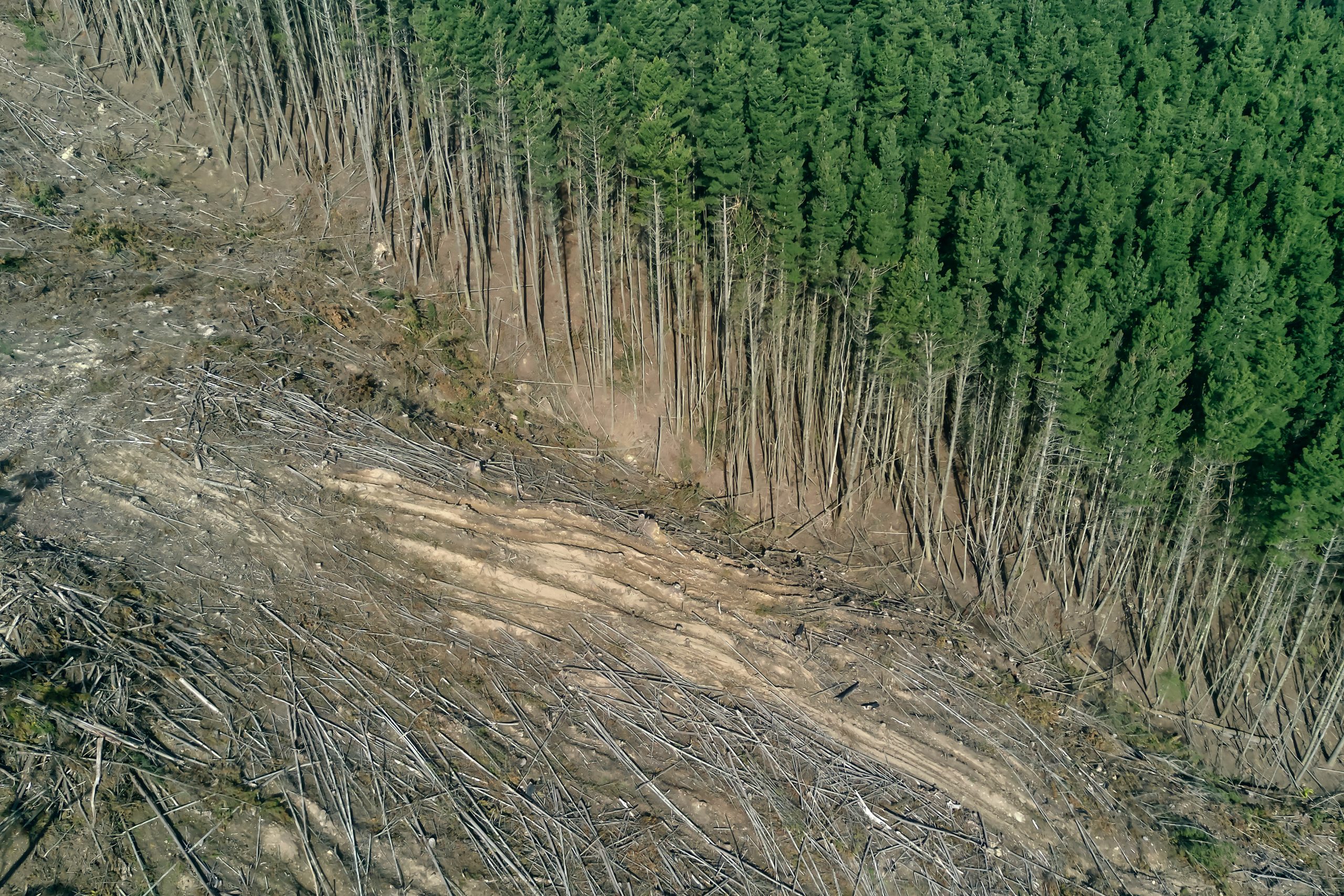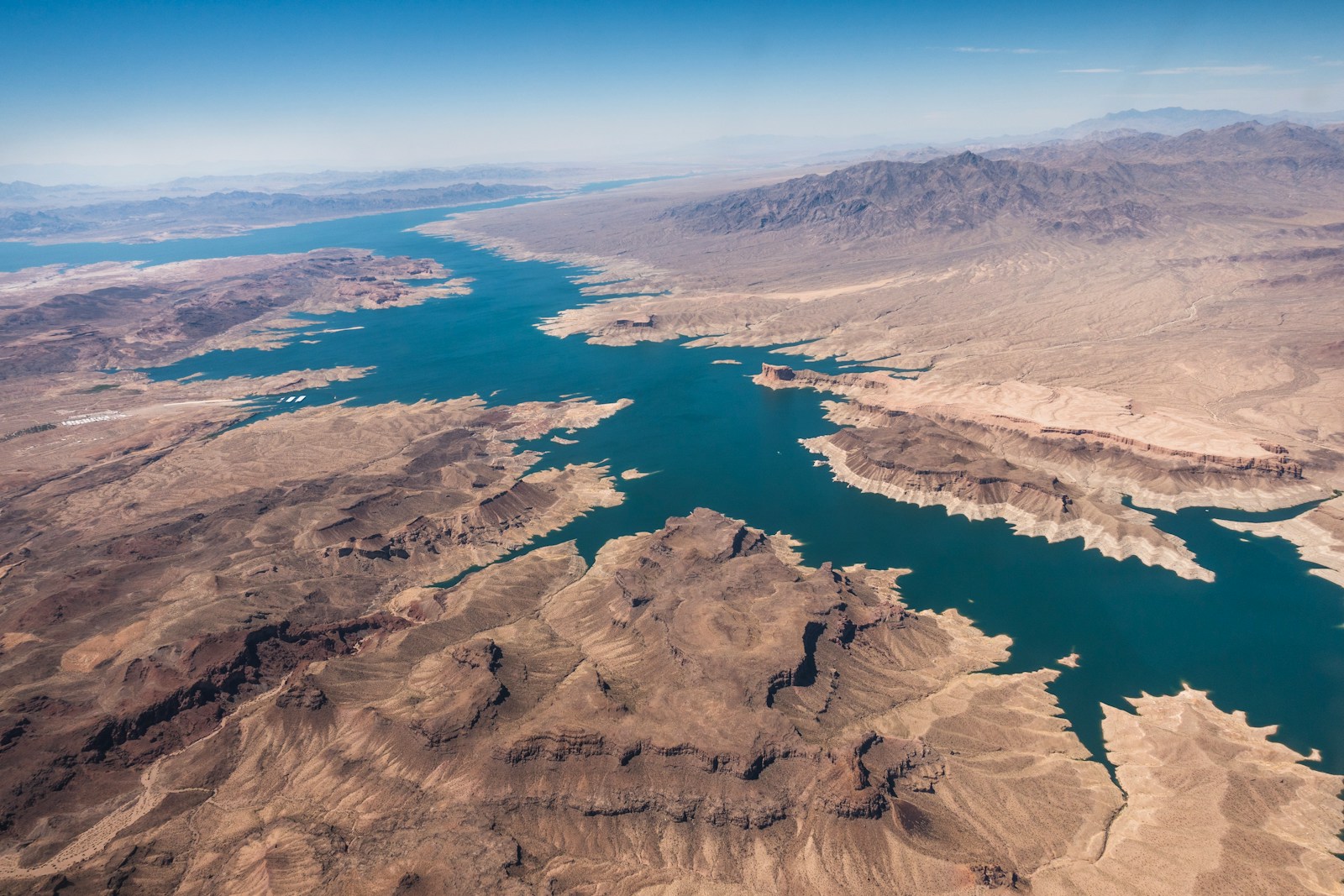Table of Contents
ToggleIntroduction
Deforestation has been a persistent problem across the world, with large areas of forest disappearing every year due to human activity. While the impact on the environment and the planet’s biodiversity is well documented, a new study has revealed a clear correlation between deforestation and rainfall levels, providing crucial evidence of the far-reaching effects of human actions on our climate.
The study, conducted by a team of scientists from leading universities and research institutions, analyzed rainfall data from areas affected by deforestation across the globe. They found a clear and consistent trend: areas that have experienced significant deforestation also see a significant reduction in rainfall levels.
Reasons behind the correlation
The reasons behind this correlation are complex and multi-faceted. One key factor is the role of trees in the water cycle. Trees absorb and store water, releasing it back into the atmosphere through a process known as transpiration. When trees are removed, this process is disrupted, leading to a reduction in the amount of water in the atmosphere and ultimately affecting rainfall patterns.
Additionally, deforestation can disrupt local weather patterns by changing the amount of sunlight that reaches the ground. This, in turn, can impact the formation of clouds and rainfall. The removal of trees can also lead to soil erosion and a reduction in soil quality, which can further affect the water cycle and rainfall levels.
Implications of the correlation
The implications of this research are significant, highlighting the urgent need for action to address deforestation and its impact on the planet. Not only does deforestation threaten biodiversity and the livelihoods of local communities, but it also has far-reaching effects on the global climate and weather patterns.
Efforts to combat deforestation must be prioritized at both the local and global levels. This includes implementing policies and regulations to protect forests, promoting sustainable land use practices, and investing in reforestation and forest restoration initiatives. It also requires a collective effort from individuals, businesses, and governments to reduce their impact on the environment and promote sustainable practices.
In addition to the environmental and climate implications, the economic impact of deforestation cannot be ignored. Forests provide essential resources such as timber, fuel, and food, as well as valuable ecosystem services such as carbon sequestration and water regulation. The loss of these resources and services can have devastating economic consequences for communities that rely on them.
The findings of this study underscore the need for a holistic approach to addressing deforestation, one that considers both the environmental and economic impact of this destructive practice. By taking action to protect and restore forests, we can mitigate the effects of climate change, preserve biodiversity, and ensure a sustainable future for generations to come.
Conclusion
In conclusion, the correlation between deforestation and rainfall levels is a clear reminder of the interconnectedness of our planet’s ecosystems and the urgent need to address the impact of human activity on the environment. This study provides valuable evidence of the far-reaching effects of deforestation on the climate, highlighting the importance of taking action to protect and restore forests for the benefit of both people and the planet.







